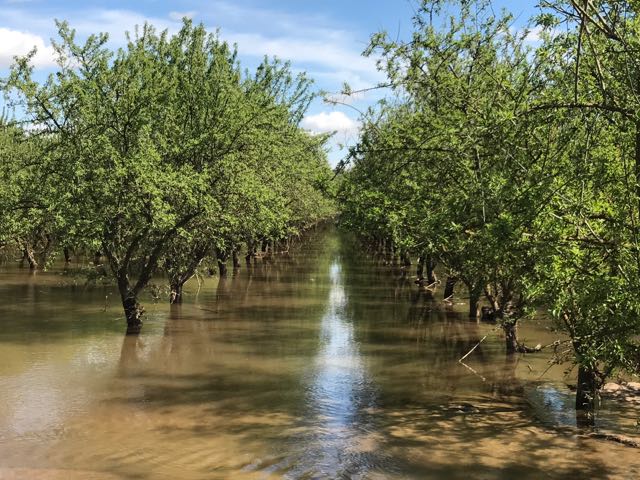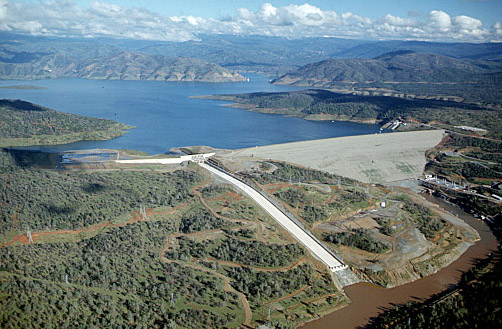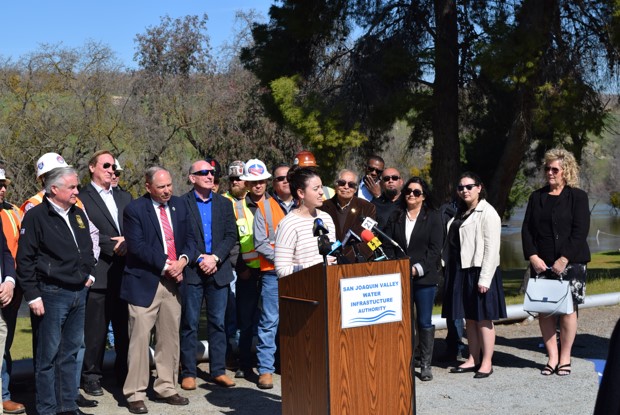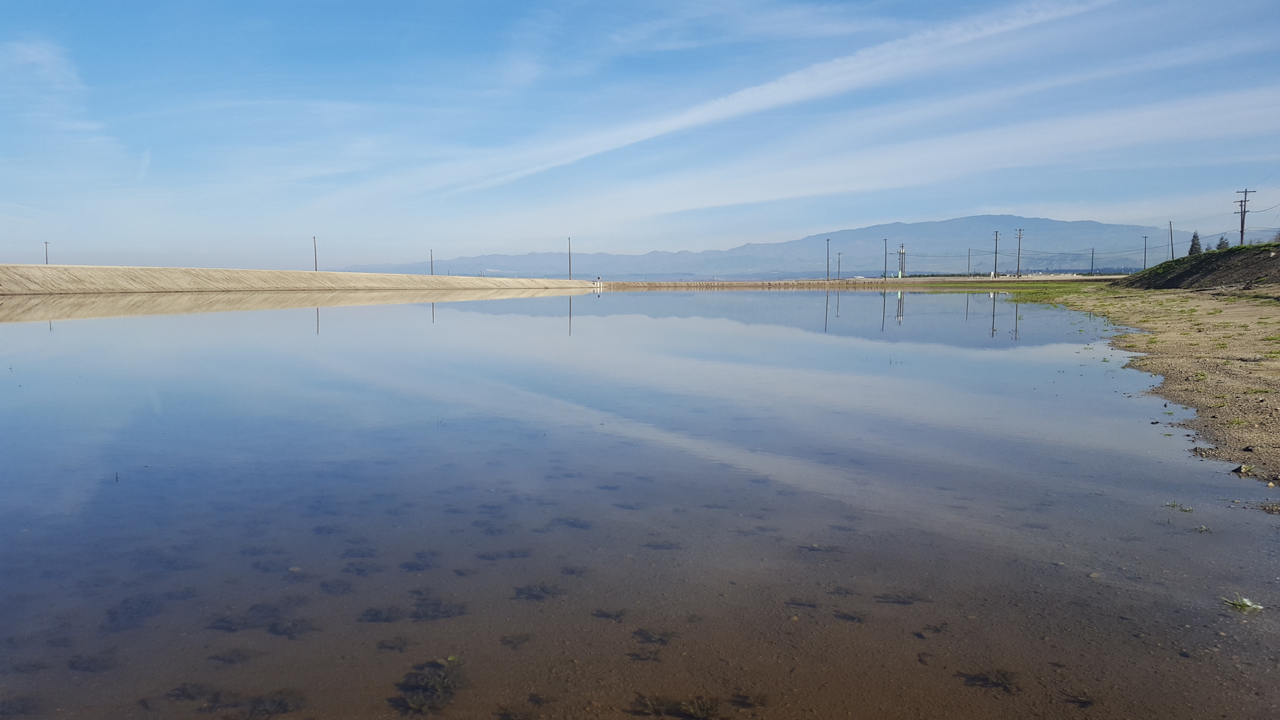Atmospheric Rivers Hit California
Many Atmospheric Rivers Hit State
By Patrick Cavanaugh, Farm News Director
California needs an average of three atmospheric rivers annually to reach its average yearly rainfall. So far this year, the state has seen an incredible 46 atmospheric rivers. This intense rainfall has pushed much of California out of longstanding drought conditions.
California Ag Today spoke with Steve Johnson, a private meteorologist for farmers in California. We discussed atmospheric rivers (AR) and the abundance of rain California has seen in late winter and early spring.
“We had four very big AR flows, and that made a big difference. I think we’re up to 46, and that’s what has made the big difference this year,” Johnson said. With the additional 41 smaller AR, we have seen a very wet California; it is an astounding amount of atmospheric rivers.
Johnson explained that because the storms have been so difficult to predict, it has made things difficult for farmers planning their season. “This year, there was no signal at all. These storms crept up on us this winter. It was very, very dicey for forecasting,” he said. “The year was difficult because some of these storms – in fact the big ones – even though they showed up in the 14, 16-day period, they didn’t look gigantic until about day seven or eight. Then they start gaining and gaining and gaining, and by day four or day five they looked monstrous. Well, that’s not very much time to prepare.”
Johnson noted that these unpredictable storms were caused by an anomaly in the Pacific Ocean that is a remnant of last year’s El Nino. “The predominant reason that we kept getting these atmospheric rivers has been the fact that the sea surface temperatures across the Pacific Ocean have been in a very unusual anomaly,” he said. “They’ve been cold in the Gulf of Alaska, and we have a leftover bit of warmth from last year’s record-setting El Nino that has spread north to just west of the California coast – very warm waters that go all the way over to Japan.”
“If you take a look at the differentiation between the cold water in the Gulf of Alaska versus the warm water, the anomalies between Japan and California, that has created a zonal flow since October.
“Those atmospheric rivers have been grabbing a lot of moisture coming up from that warm water off the California to the Hawaii coast, and then coming into California. It’s just been one right after another,” Johnson said.






















